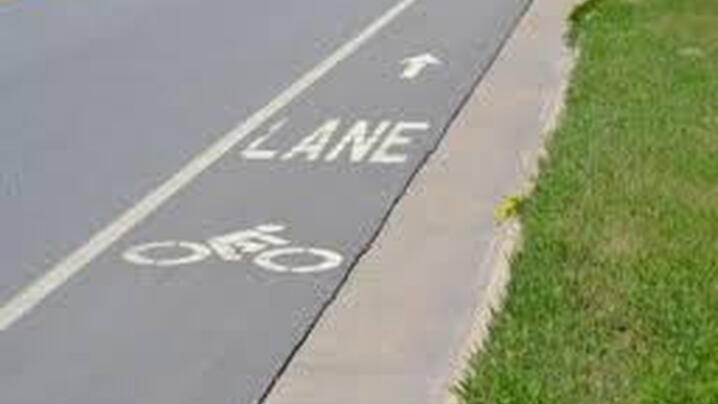
"For the first time in American history, this generation’s off-spring is not projected to outlive them due to sedentary life styles and poor nutrition." This is one of the many interesting (and slightly disconcerting) facts I learned from listening to Jeff Speck’s TED Talk on The Walkable City about the effects of planning city streets singularly for car traffic. In areas where opportunities for walking and biking are not available, citizens have limited mobility within their community if they don’t have a car, access to public transportation, or face obstacles to using public transportation. They have decreased opportunities for physical activity compared to communities that do have streets that are safe, convenient, and comfortable for walkers and bikers of all ages and abilities. Limiting opportunities for mobility also has implications for access to jobs and other critical amenities, such as grocery stores, banks, social service providers, hospitals, clinics, and schools. Local government can play an important role in facilitating increased access to transportation and different modes of transportation for all of its citizens.
There are significant positive economic, environmental, and social outcomes when streets are designed with considerations made beyond automobile travel. Increased walkability has led to increased property values in areas like Woodstock, Georgia. (Read this article to learn about how Woodstock’s friendliness to walkers contributed to a 17% growth in downtown property values in ten years.) Environmentally, decreased use of cars results in less vehicle exhaust pollution, less fuel waste, and lowered carbon emissions. Promoting physical activity, like walking and biking, has many health benefits for all ages and abilities. Providing residents with access to safe, accessible roads for walking and biking encourages physical activity as a routine part of daily life and also increases the opportunity for people who may not own a car - under a variety of circumstances - to be able to safely get to work, school, or whereever they need to go.
There are a wide range of actions that can be taken to improve access to different transit modes with varying levels of cost to municipalities, such as painting road lanes designated for cyclists or pedestrians, ensuring that crosswalks are well-marked, and installing roundabouts. Complete Streets is a holistic policy approach that ensures that planners and engineers design and operate the entire roadway with all users in mind, including bicyclists, public transportation vehicles and rides, and pedestrians of all ages and abilities. The National Complete Streets Coalition has been promoting Complete Street policies since 2005, and now over 500 jurisdictions around the country have Complete Streets or similar policies. Policies can be designed depending on the characteristics of your community, and resources are available to guide policies using lessons learned from the experiences of communities around the country. The National Complete Streets Coalition website has comprehensive resources to guide communities at all stages in the process of establishing policies. Barbara McCann, founder of the National Complete Streets Coalition has recently released a book on the subject. Check out the website and resources below to learn more.
Resources:
- “Completing Our Streets: The Transition to Safe and Inclusive Transportation Networks” by Barbara McCann
- Complete Streets Local Policy Workbook. Smart Growth America. Updated Spring 2013. http://www.smartgrowthamerica.org/documents/cs/resources/cs-policyworkbook.pdf
- Elements of an Ideal Complete Streets Policy. http://www.smartgrowthamerica.org/documents/cs/policy/cs-policyelements.pdf
New, Reduced Membership Dues
A new, reduced dues rate is available for CAOs/ACAOs, along with additional discounts for those in smaller communities, has been implemented. Learn more and be sure to join or renew today!
